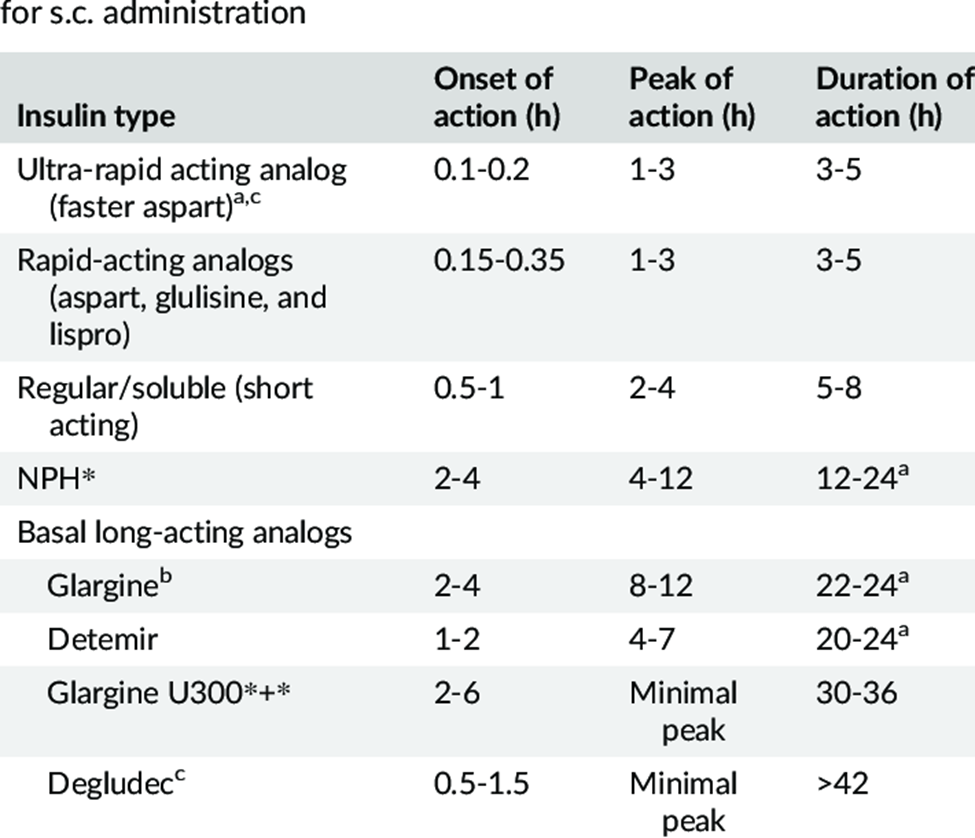A nurse is teaching an older adult client diagnosed with diabetes mellitus about preventing the long-term complications of retinopathy and nephropathy. Which of the following instructions should the nurse include?
"Wear compression stockings daily."
"Have an eye examination once per year."
"Maintain stable blood glucose levels."
"Examine your feet carefully every day."
The Correct Answer is C
A. "Wear compression stockings daily":
Compression stockings are not directly related to preventing the complications of retinopathy and nephropathy in diabetes. They are more commonly recommended for managing conditions like venous insufficiency and preventing blood clots.
B. "Have an eye examination once per year":
While regular eye examinations are important for monitoring and early detection of diabetic retinopathy, maintaining stable blood glucose levels is more directly related to preventing the progression of retinopathy.
C. "Maintain stable blood glucose levels":
This is the correct instruction. Stable blood glucose levels are crucial in preventing and minimizing the long-term complications of diabetes, including retinopathy (damage to the retina) and nephropathy (kidney damage). Consistent blood glucose control is key to reducing the risk of complications.
D. "Examine your feet carefully every day":
Daily foot examinations are essential for preventing diabetic foot complications, including ulcers and infections. While important for overall diabetes management, foot care is not specifically directed at preventing retinopathy and nephropathy.
Nursing Test Bank
Naxlex Comprehensive Predictor Exams
Related Questions
Correct Answer is C
Explanation
A. Insulin glargine does not have a duration of 3 to 6 hours. This duration of action is much shorter than the actual duration of insulin glargine.
B. Insulin glargine does not have a duration of 14 to 22 hours. This duration is shorter than the typical duration of action for insulin glargine.
C. Insulin glargine, a long-acting insulin, has a duration of action that lasts approximately 24 to 36 hours. It provides a slow and steady release of insulin, offering a relatively consistent blood sugar-lowering effect over an extended period.
D. Insulin glargine does not have a duration of 6 to 10 hours. This duration is shorter than the actual duration of action for insulin glargine.

Correct Answer is A
Explanation
A. Cheddar cheese:
Cheddar cheese is high in fat, and individuals with a history of pancreatitis are often advised to limit their fat intake. High-fat foods can stimulate the pancreas to release digestive enzymes, potentially triggering or exacerbating pancreatitis.
B. Vegetable soup:
Depending on the ingredients, vegetable soup may or may not be high in fat. The key consideration is to choose soups that are not prepared with excessive amounts of fat or oil.
C. Noodles:
Noodles, by themselves, are not high in fat. However, the choice of sauce or toppings can impact the overall fat content of the meal. It's important to consider the entire composition of the dish.
D. Baked fish:
Baked fish is generally a lean protein source and is lower in fat compared to some other protein sources. Baked fish is often considered a suitable choice for individuals with a history of pancreatitis.
Whether you are a student looking to ace your exams or a practicing nurse seeking to enhance your expertise , our nursing education contents will empower you with the confidence and competence to make a difference in the lives of patients and become a respected leader in the healthcare field.
Visit Naxlex, invest in your future and unlock endless possibilities with our unparalleled nursing education contents today
Report Wrong Answer on the Current Question
Do you disagree with the answer? If yes, what is your expected answer? Explain.
Kindly be descriptive with the issue you are facing.
